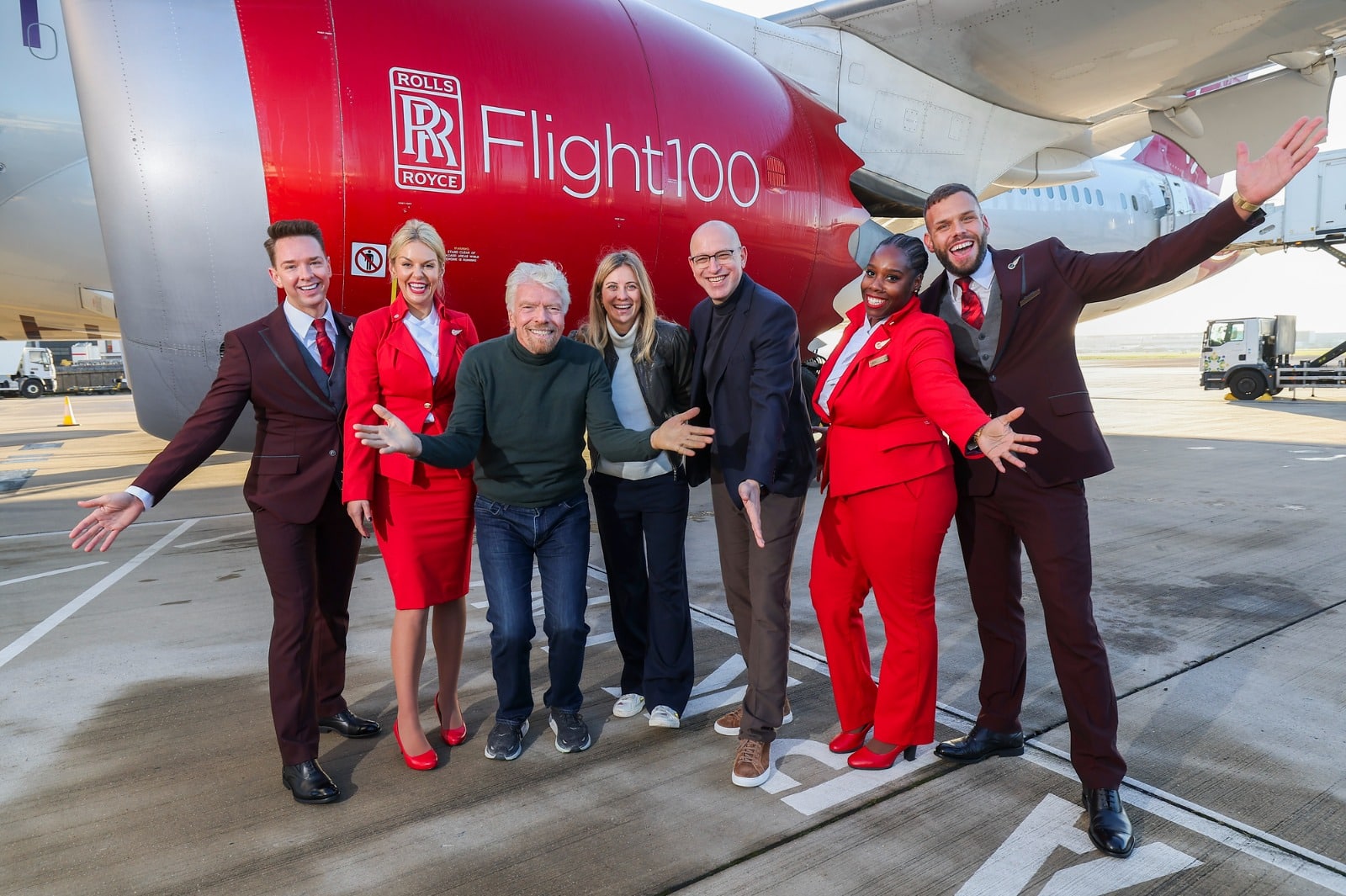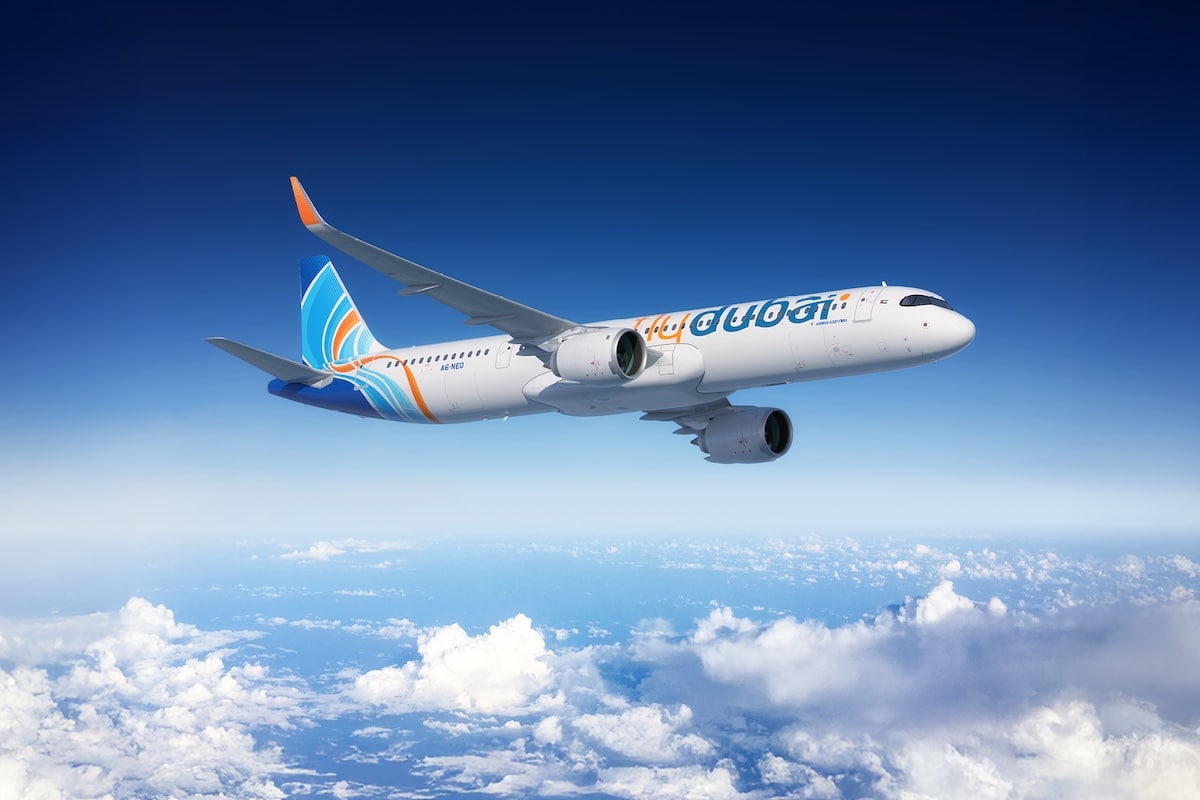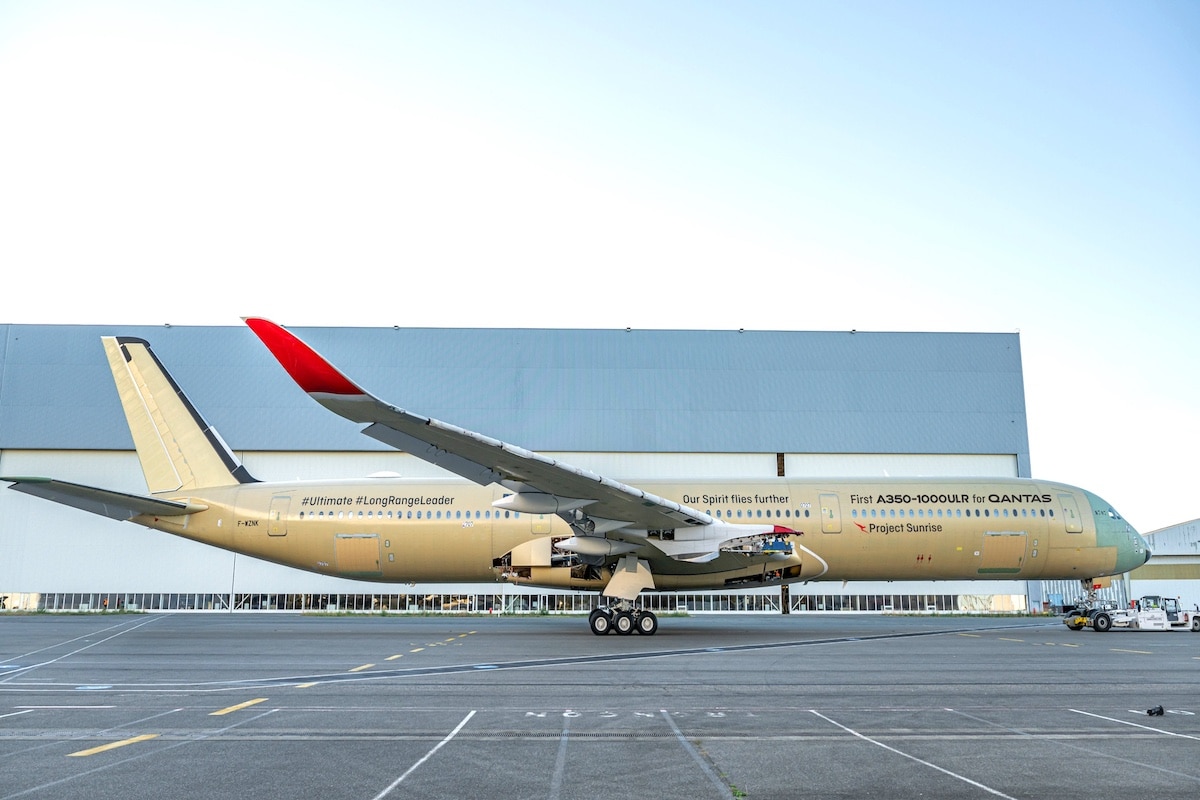Green Fuel Takes Off Across the Atlantic

A Virgin Atlantic Boeing 787 powered solely by alternative fuels takes off today at 11:30 AM from London to New York.
The so-called sustainable aviation fuels (SAF) can be produced from various sources, including agricultural crops, household waste, and cooking oils. For this unique flight operated by Virgin Atlantic, which does not carry paying passengers, a Boeing 787 will be filled with 50 tons of SAF. Two types are used, of which 88% come from used fats and the rest from waste generated in corn production in the United States.
After testing and analysis, the flight was approved by the British regulator earlier this month. Several companies were involved in the project, including engine manufacturer Rolls-Royce and energy giant BP. The aerospace industry is particularly challenging to decarbonize, but airline executives see SAF as the most effective tool to help bring net emissions to zero. While not entirely zero emission, these fuels can be up to 70% more environmentally friendly than their fossil fuel counterparts. It is important to remember that, even though air travel today accounts for only 8% of global petroleum consumption, more than 1 billion liters of kerosene are used for international aviation daily, which is more than 11,500 liters every second.
The founder of Virgin, Sir Richard Branson, will of course be on board this historic flight. He has, however, admitted that it will take some time before enough SAF is produced for everyone to use. Expensive and complex to produce, it does not run at gas stations, but the success of this flight could be the long-awaited trigger. SAF is already used in small quantities mixed with traditional kerosene, but it accounts for less than 0.1% of the world’s aviation fuel consumption. The question remains whether this is a miracle solution or a clever marketing stunt, a debate among experts who agree on at least one point. It is a significant step forward in the decarbonization of air transport.
READ ALSO: Discover the ES-30, the 100% electric plane flying in 2028
This page is translated from the original post "Le carburant vert prend son envol transatlantique" in French.
We also suggestthese articles:
Also read






